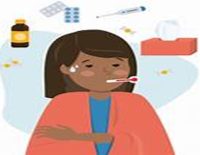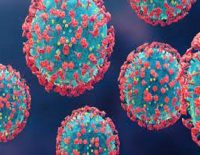First dengue bout can be as severe as secondary infection: Study

The first bout of dengue can be as life-threatening as the subsequent ones, according to a study published recently in the journal Nature Medicine. The study has analysed severe dengue cases in a group of children in India, showing that more than half could be attributed to primary rather than secondary infection.
The study has challenged the widely held belief that the viral disease is severe only in secondary infections. Over the past two decades, dengue infections have greatly increased in India and the country has one of the largest number of cases globally.
Dengue patients fall into two categories — those experiencing the infection for the first time, known as primary infections and those who get re-infected after a previous exposure, known as secondary infections. The prevailing belief has been that only secondary infections pose significant risks, leading much of the research into vaccine development and treatment to focus on this group.
An international team led by researchers at the New Delhi-based International Centre for Genetic Engineering and Biotechnology (ICGEB) has now found that it is not just the secondary infections but primary ones as well which can be severe and could jeopardise the life of the patients. The finding emphasises the need to re-evaluate the understanding
of dengue and the strategies employed to combat the viral disease cause by the dengue virus (DENV), transmitted to humans through the bite of infected mosquitoes.
“Dengue virus infection is a huge public health problem in India. Many patients develop severe disease that can also be sometimes fatal,” said lead author of the study, Anmol Chandele, from ICGEB. “However, much of the ongoing vaccine intervention research is based on the currently widely held global belief that primary dengue infections are not usually dangerous and that the severe dengue disease is mainly due to secondary infections,” Chandele said.








Comments